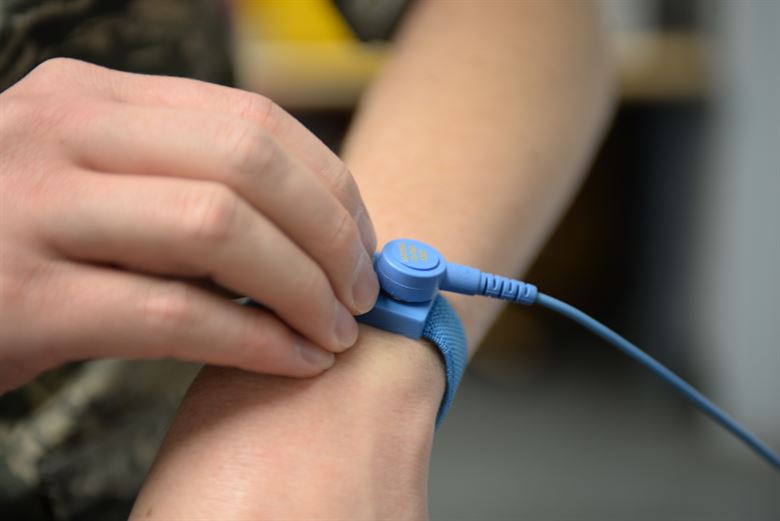1. Which of these is not a conductor of electricity?
| |||||||||||||||||
2. Static electricity can be produced by friction on....
| |||||||||||||||||
3. All atoms contain positive and negative charges. Which answer below correctly names these charges? |
|||||||||||||||||
| |||||||||||||||||
4. Which of these answers describes the force between charges of different polarities? (+ and -). |
|||||||||||||||||
| |||||||||||||||||
5&6. The plastic in the picture is being rubbed by the cloth. The plastic becomes positively charged.
|
 |
||||||||||||||||
5. Which of these sentences describes what is being transferred?
|
|||||||||||||||||
6. What change describes a different plastic being given a negative charge when being rubbed by a cloth?
| |||||||||||||||||
7. Static electricity can be a problem, but which of these applications uses static electricity?
| |||||||||||||||||
8. Static electricity produced by friction can produce sparks. which of these best describes a reasonable potential hazard of static electricity?
| |||||||||||||||||
9+10. Electronic engineers and technicians often wear a static discharge band around the wrist to prevent static electricity from damaging delicate circuit components. The wire is connected to the ground to allow excess static to discharge along the cable.
|
 |
||||||||||||||||
What is the name usually given to this kind of safety wire?
| |||||||||||||||||
10. The technician picks up a positive static charge through friction from a nylon shirt. Which of the statements below best describes how this charge is neutralised through the wire/cable?
| |||||||||||||||||